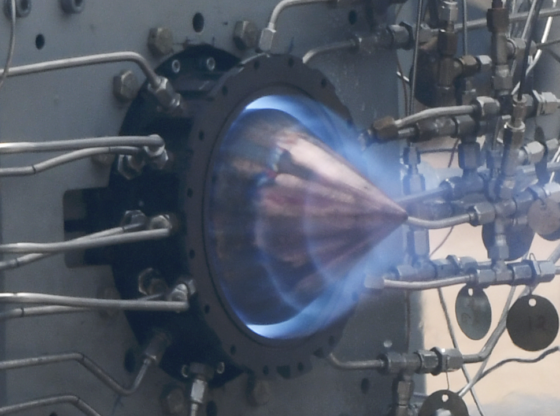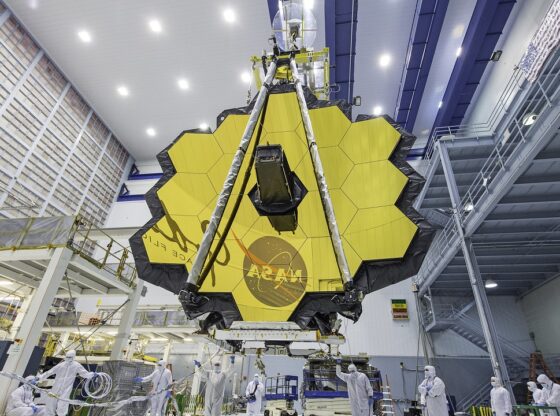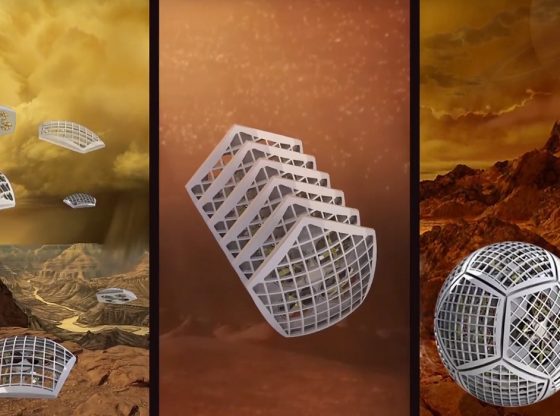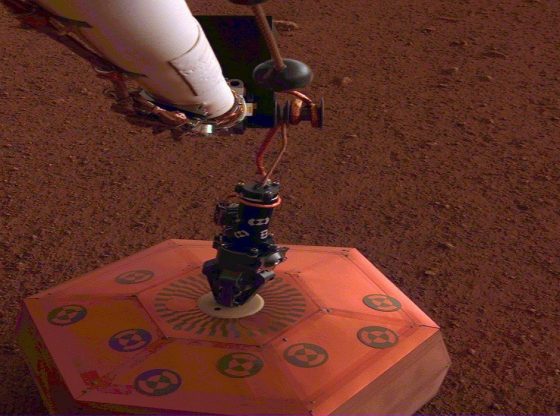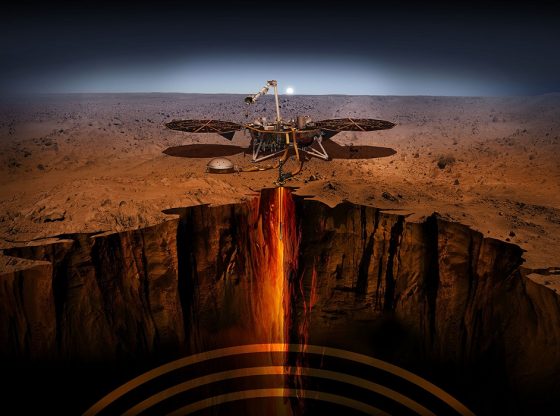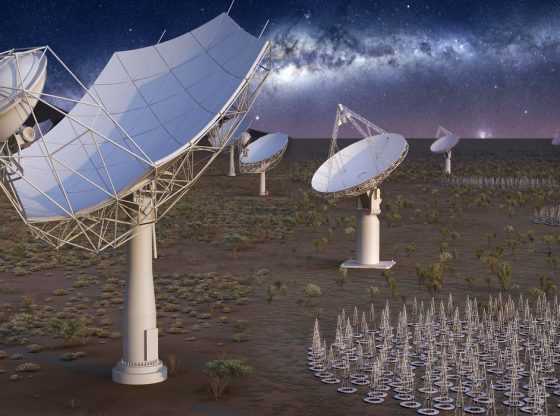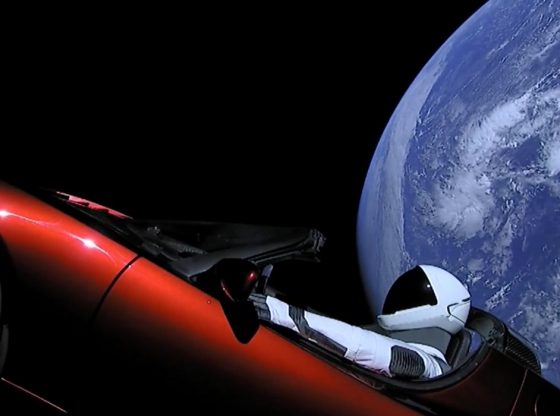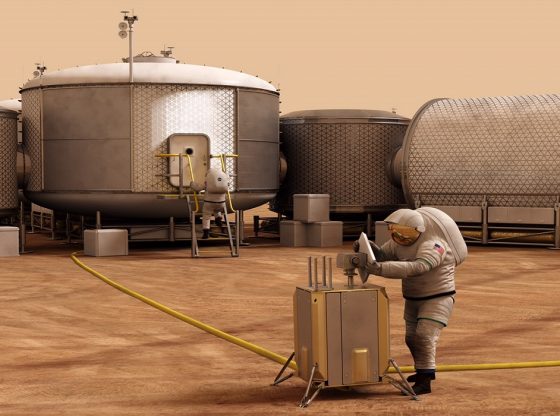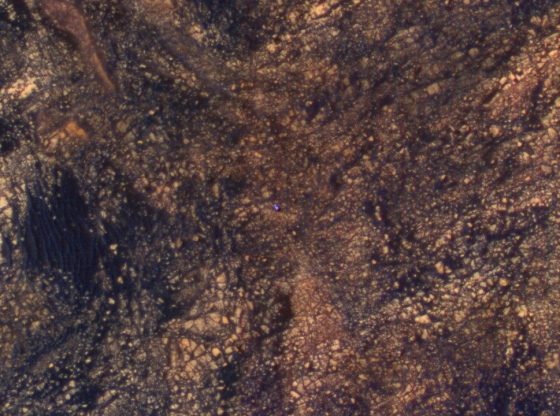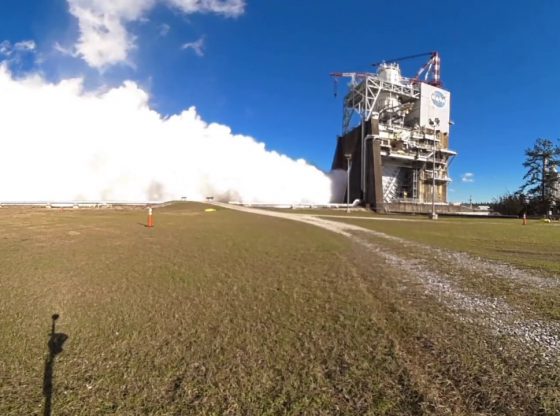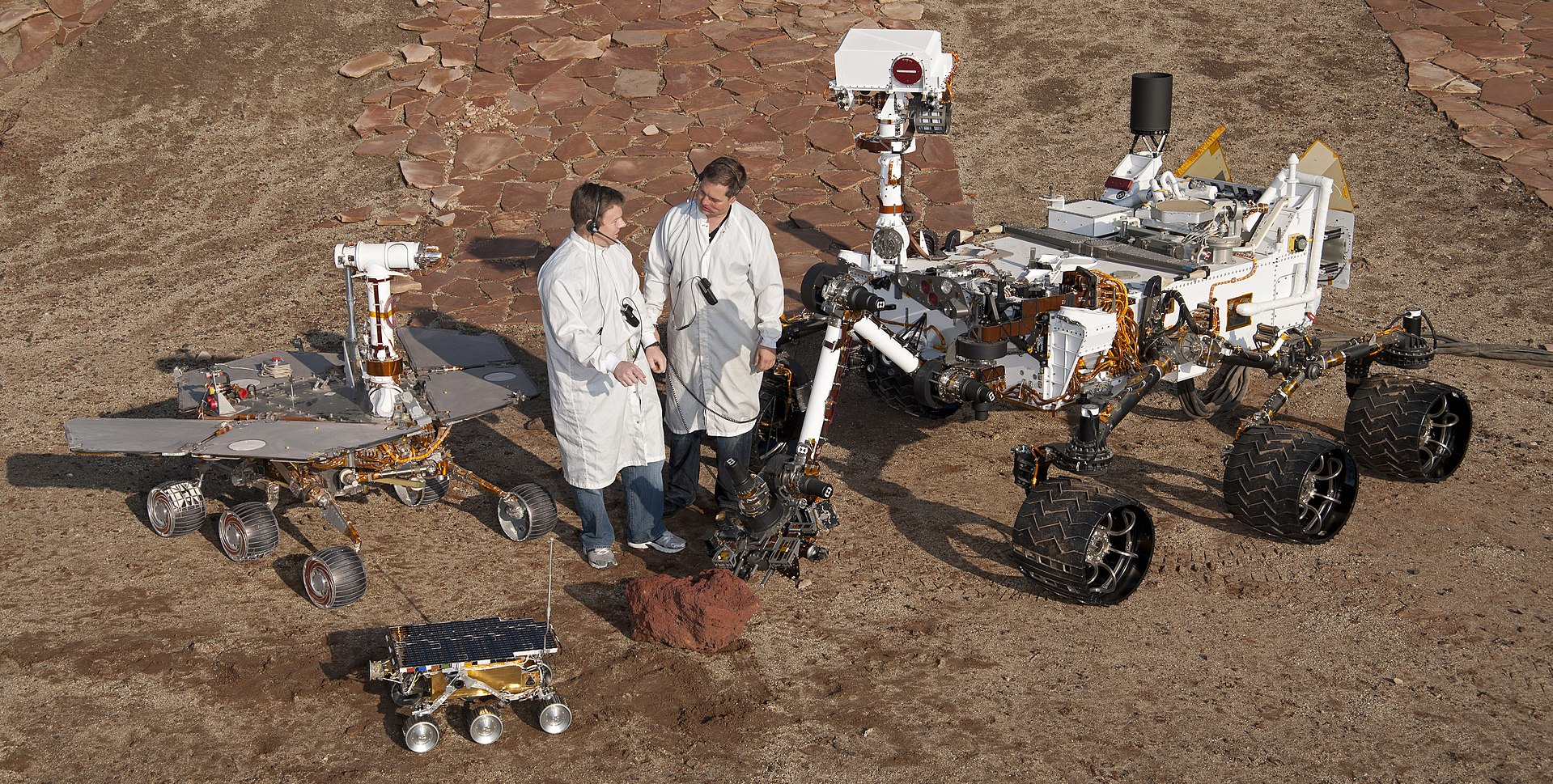
One of the biggest Martian dust storms on record is clearing up after nearly three months, raising hope that NASA’s stranded, solar-powered robotic vehicle, Opportunity, will soon come back to life.
Three times a week, every week since June 10, NASA has been sending out a signal and hoping for a response beep from the little rover. So far they have only been met with silence. As the storm begins to wane and the Martian skies are starting to clear, engineers at NASA’s Jet Propulsion Laboratory (JPL) are now hoping that contact can, at last, be made.
“The Sun is breaking through the haze over Perseverance Valley, and soon there will be enough sunlight present that Opportunity should be able to recharge its batteries,”
“When the tau level [a measure of the amount of particulate matter in the Martian sky] dips below 1.5, we will begin a period of actively attempting to communicate with the rover by sending it commands via the antennas of NASA’s Deep Space Network. Assuming that we hear back from Opportunity, we will begin the process of discerning its status and bringing it back online.”
– John Callas, Opportunity project manager at JPL, said in a statement.
NASA is using the Mars Colour Imager (MARCI) aboard NASA’s Mars Reconnaissance Orbiter (MRO) to estimate the tau near Opportunity. The latest MARCI data shows no active dust storms to within 1,900 miles (3,000 kilometres) of Opportunity’s location.
Hey, Oppy, we’re still listening and actively working for your recovery. Please phone home. All of us @NASA are pulling for you! https://t.co/vdHfwy0eDe @marsrovers #OppyPhoneHome pic.twitter.com/8H8Co61f8D
— Thomas Zurbuchen (@Dr_ThomasZ) 1 september 2018
Opportunity and its twin rover, Spirit, are a pair of unmanned robotic vehicles designed by NASA to tool around on the Martian surface and transmit data about conditions there back to Earth. They landed on Mars in 2003 on a mission meant to last 90 days and span 1,000 meters.
Spirit lasted 20 times longer than that. It became stuck in soft soil in 2009, and its mission was formally declared over in 2011. Opportunity is going on 60 times its planned mission life, has traveled 45 kilometers (28 miles) and found evidence of water on Mars and conditions that may have been suitable for sustaining microbial life.

